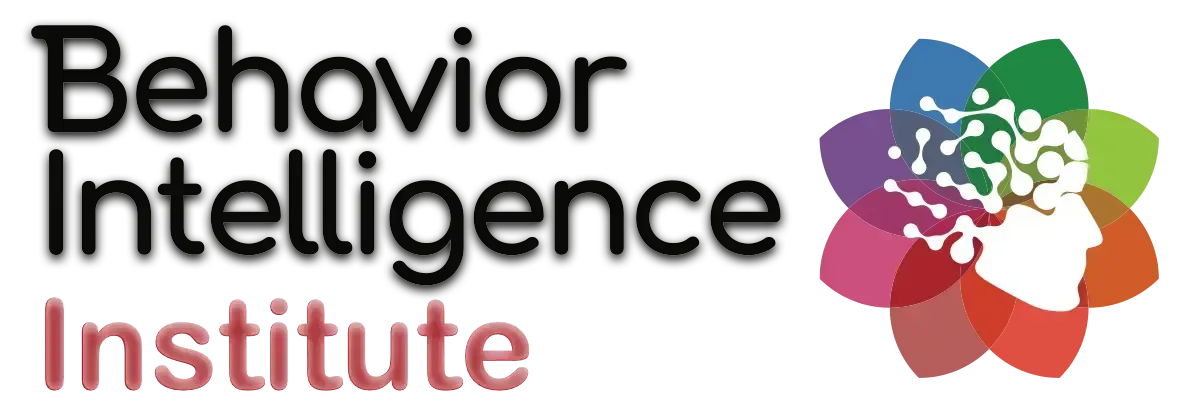Blog
Categories

The Bias Trap: How Your Brain Sabotages Your Best Decisions
Smart people make bad decisions every day. Not because they’re careless—but because they’re human.
That’s the uncomfortable truth. And in my decades of coaching leaders and organizations, I’ve seen it time and time again: confidence without clear thinking leads to bias-fueled decisions that quietly erode credibility, damage culture, and stall progress.
Let’s break it down. This blog post is your toolkit for spotting and interrupting bias before it derails your leadership.

Your Brain’s Sneaky Shortcuts
Your brain is wired for speed, not always for accuracy.
To manage the flood of information around us, we rely on mental shortcuts—biases and filters that help us act quickly. But what helps us survive isn’t always what helps us lead well.
These unconscious habits:
Are conditioned from past experience, training, and environment
Operate on autopilot (often without our awareness)
Can sabotage even your best intentions
Think of it this way: the more confident you feel about a decision, the more likely your brain is skipping steps.
Three Dangerous Biases Every Leader Faces
Let’s explore the three most common bias traps—and how they show up in real decisions.
1. Confirmation Bias
You seek out information that supports what you already believe and ignore the rest.
How it shows up:
You dismiss new ideas because they don’t fit your view
You "know" someone is underperforming, so you only notice their mistakes
You build a strategy, then only see data that reinforces it
This is one of the most dangerous traps because it feels like good judgment.
2. Anchoring Bias
You overvalue the first piece of information you hear—and use it as your mental anchor.
Examples:
Basing this year’s strategy on last year’s numbers—even when the landscape has shifted
Letting one past behavior color your entire view of a team member
Clinging to a solution because “it worked before”
Anchoring keeps you stuck. It reinforces past patterns and blinds you to changing variables.
3. Availability Bias
You focus on what’s easiest to recall—not what’s most relevant.
It sounds like:
“This is the fire we need to put out right now.”
“Let’s deal with what’s in front of us—we’ll plan later.”
“This client is always late,” even if they’ve only been late twice recently.
It’s natural to focus on what’s loud and present. But leadership requires thinking beyond the noise.
Why Intelligence Isn’t Enough
High IQ doesn’t protect you from bias—it can actually amplify it.
Why? Because the more you know, the better you become at rationalizing poor decisions.
You gather evidence that fits your logic, not realizing your thinking has already been filtered.
Here’s what happens:
You become overconfident
You skip steps you once followed
You trust your gut over your system
Your team may stop trusting your decisions, even if they don’t say it outright. Trust erodes when decisions feel reactive, biased, or inconsistent.
Build Your Clear Thinking System
Let’s move from automatic to intentional.
I want to share a 4-part framework you can use to catch bias in action and make stronger, more credible decisions.
1. The Bias Interrupt (BIP)
This is your moment to pause.
Before you act, ask:
What am I assuming to be true?
What evidence am I ignoring?
What could go wrong?
Write it down. Make the invisible visible. Bias thrives in speed and secrecy—slowing down exposes it.
2. The Devil’s Advocate Protocol
Assign someone (or yourself) to argue against your decision.
Ask:
What are 3 ways this could backfire?
What are we not seeing?
Who disagrees—and why?
Disagreement isn’t negative. It’s necessary. You need friction to find the flaws before they become failures.
3. The Outside View
Step outside your echo chamber.
Seek feedback beyond your team
Ask a colleague with a different perspective
Use tools like AI—but don’t take the first answer at face value
Ask the opposite question. Challenge your filters.
4. Confidence Calibration
Use a three-column scorecard:
Biases + AssumptionsContrary EvidenceConfidence Score (1–10)List your beliefs and filtersList what disagrees or feels riskyRate how ready you are to decide
This scorecard will help you test your clarity—not just your confidence.
Practice: Three Minutes a Day
Clear thinking isn’t a light switch. It’s a habit.
Here’s a daily exercise that builds your decision-making muscle:
At the end of the day, list one decision you made quickly.
Ask:
Did I skip over any key info?
Did I assume something without checking?
Who might have seen it differently?
At the end of the week, pick one big decision and apply the full BIP process.
Result:
Week 1–2: You’ll catch mistakes in hindsight
Week 3–4: You’ll start catching them during decisions
Month 2+: You’ll prevent them before they happen
Just like learning to ride a bike, it becomes unconscious competence—your new normal.
Leadership That Thinks Clearly
At the end of the day, your team doesn’t judge your thinking based on what’s in your head.
They judge it by your behavior, your consistency, and your results.
Clear thinking:
Builds trust
Avoids preventable mistakes
Creates a culture of smarter decisions
Biases don’t disappear—but you can outsmart them.
Ready to Lead With Clarity?
If you’re serious about leveling up your leadership and building a system to interrupt bias, we can help. Take the first step:
👉 Apply Now to join our Leadership Intelligence Certification
👉 Or get the Bias Trap Self-Assessment and start today
We’ve built the tools. You bring the intention.
Let’s lead better—together.
Copyright 2021 AccuMatch Behavior Intelligence is a division of NLP Profiles Inc. | Privacy Policy



